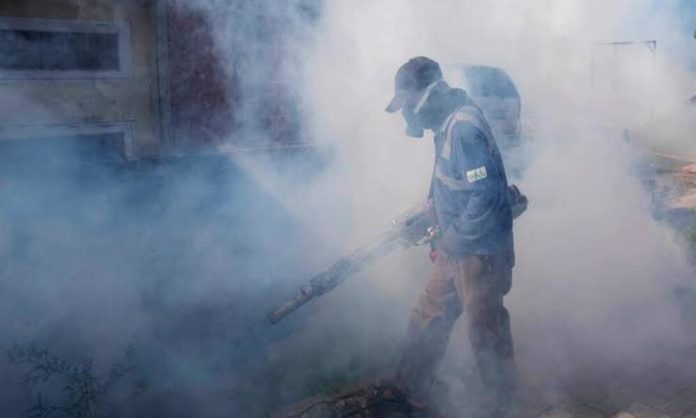The disastrous effects of climate change have started to become more and more evident in recent years. A failure to slow global warming isn’t only affecting the environment but also giving rise to many deadly diseases. The meticulous expansion of these diseases is putting the health of millions of people at risk.
Climate change is widespread, rapid, and intensifying. People have lost homes due to unprecedented floods and fires, heat-related illnesses are on the rise and our food systems are increasingly at risk.
While these extreme events are proving disastrous for humans, they’re providing the perfect environment for many infectious diseases to thrive.
Climate Change & Diseases
The research was carried out by a team at the University of Hawaii at Manoa and published in Nature Climate Change, a peer-reviewed scientific journal. Researchers analyzed how 10 different climate emergencies, for instance, heatwaves, droughts, and wildfires impact hundreds of infectious diseases. The study concluded that 58% of diseases have been exacerbated by climate change. These include Dengue, Hepatitis, Pneumonia, Malaria, Zika, and Anthrax, to name a few.

“It was truly scary to discover the massive health vulnerability resulting as a consequence of greenhouse gas emissions,” said Camilo Mora, a professor at the University of Hawaii and the lead author of the study.
Read More: Pakistan to Witness More Floods in Coming Years
Diseases Due To Climate Change
1. Vector Borne Diseases
As climate change alters temperatures and weather patterns around the world, the risk of vector-borne diseases like Dengue Fever and Zika Virus will increase. A vector is a living organism – like a tick or mosquito – that transmits an infectious agent from an infected animal to a human or another animal. Torrential rains and flooding of the standing water lead to the development of flies, ticks, and mosquitoes.
2. Water Borne Diseases
Waterborne diseases like Cholera and Typhoid are still the leading cause of human morbidity and mortality worldwide. As climate change increasingly impacts global temperatures and weather events, the risk of these infectious diseases will only worsen.
3. Food Borne Diseases
Foodborne diseases are caused by eating or drinking something unsafe, such as unpasteurised (raw) milk, undercooked or parasite-infected meat, or raw fruits and vegetables that are contaminated with faeces from an infected animal or person.

The WHO estimates that in 2010, there were 600 million foodborne illnesses and 420,000 associated deaths. And climate change is increasing the risk.
Read More: Floods Taking Heavy Toll on Pakistan’s Beleaguered Economy
According to a report without swift climate action, we will see an escalation of infectious diseases. They will spread to new regions (and may decline in some endemic areas). They’ll surge in areas where they were previously under control. And diseases that have never previously infected humans may spill over from animals.
Stay tuned to Brandsynario for the latest news and updates.







































